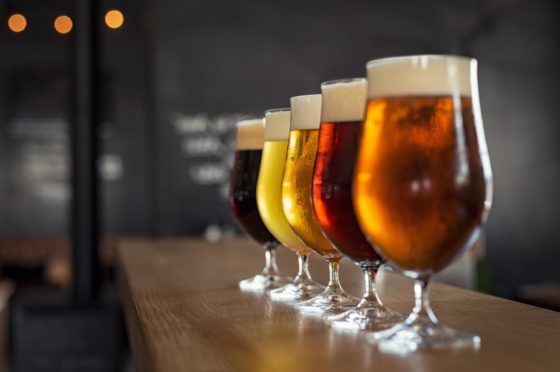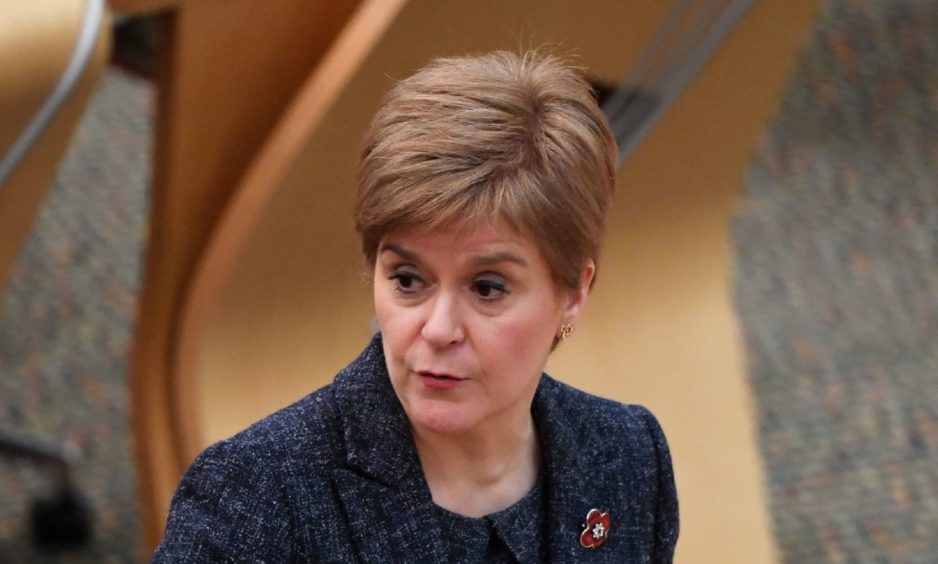Pubs and restaurants will not have to pass test and trace details to councils or police if they accept visitors from “banned” tier levels.
Dundee and the majority of the central belt is bedding into level three coronavirus restrictions on hospitality and bar businesses, including a ban on alcohol sales in bars and restaurants, with rules having come into force at 6am on Monday.
The tier system which has come into force is now identified by local authority boundary area, as opposed to the health board model used previously.
Pub owners in Angus, Perth and Kinross and Fife council areas — which have been placed in level two and therefore allowed limited alcohol sales — have pleaded for Dundee residents not to travel to their premises.
Test and trace
Hospitality businesses across Scotland have taken details, using various apps and databases, to check who has been visiting and to inform customers in the event of an outbreak.
Before Dundee’s restrictions were introduced, bar licence holders in Angus towns said drinkers from Glasgow and Edinburgh were descending on the area to take advantage of alcohol loopholes.
Asked at the coronavirus press briefing if owners and managers would be expected to alert relevant authorities should someone from a higher tier level visit their premises, First Minister Nicola Sturgeon said no.
She said: “We’re not asking businesses to hand over information, but test and protect does give us information on where people have been if they test positive.
“It doesn’t mean that is proof of where they got the virus. But we get information from test and protect that we’ll see whether (a) positive case has travelled to other parts of the UK or travelled internationally.
“That information is available to get a sense of whether there is travel implications for the spread of the virus.”
System helps identify transmission level ‘themes’
Health Secretary Jeane Freeman added: “That is important information because it allows us to develop what was being talked about before, which is, if you like, themes and associations.
“So that helps us understand where transmission may be at higher levels in one theme, be it hospitality, compared to another.
“And that information that we gather is not is not identifiable in terms of how it’s held to particular individuals and it has not passed on to other authorities.”

